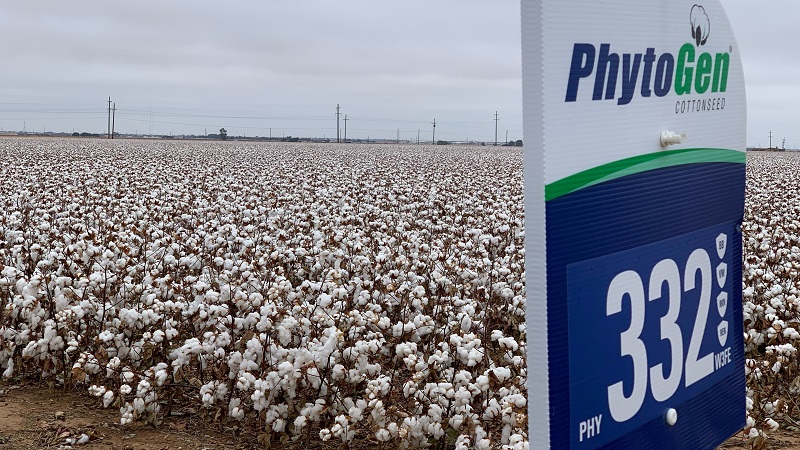The economist’s tea leaves say….
“Give me a one-armed economist!” That was the exasperated plea of former U.S. President Harry Truman in the late 1940s. Truman grumbled that whenever his economists advised him, they would inevitably say, “On the one hand…but, on the other…,” accounting for the ambiguities of economic indicators.
The Nobel-Prize-winning Irish playwright, G. Bernard Shaw, said, “If all economists were laid end to end, they would not reach a conclusion.”
Economic prognosticators, who are really interpreting and predicting collective human behavior, infamously rely on their simplifying assumptions. An economist may assume an efficiently-functioning free market, characterized by “perfect information” for all players. He is also apt to freeze certain economic elements to isolate the effects of specific forces, assuming “ceteris paribus” (all else being constant).
Of course, no one has perfect information, free and efficient markets don’t exist, and innumerable simultaneous forces influence human economic behavior. All of that conspires to confound economic predictions – whether about the global economy or the future price of cotton in Karachi.
On the one hand, certain signs clearly point toward economic recovery and a more robust cotton market. In the U.S., the world’s largest consumer economy, employment has grown in each of the first four months of 2010, returning more than 500,000 jobs to an economy that had lost 3.5 million. In April, U.S. manufacturing experienced its greatest growth in six years. In March, major U.S. clothing retail chains saw their sales jump a surprising 12 to 24% compared to March of 2009. The economies of China and India both grew by almost 9% last year and are heating up in 2010. China may well raise its cotton-import quota by 60%, to 3 million tons.
On the other hand, fears abound that the debt crisis in Greece could ripple through Europe and the world and reverse a fragile economic recovery. That, and an apparent glitch in high-speed computer trading, caused U.S. stocks to lose more than $1 trillion in value on one May afternoon. To support its own textile industry, the Indian government suspended India’s exports of raw cotton and yarn.
All told, projections are for healthy growth in cotton trading this year, with 114 million bales of production worldwide (25M MT), up from 102 million bales (22M MT) in ’09/’10. Pent-up demand for cotton goods appears to be breaking through the logjam as the global economy begins its swing in a positive direction.
But just keep in mind the words of my favorite economist, John Kenneth Galbraith: “Economics is extremely useful…as a form of employment for economists.”








